General Help
Get information about our website or Droom services
The Pulsar NS 200 is back with the BS4 update while the Apache 200 got a Race Edition update. With the safety norms getting more stringent, both the bikes are now available with optional ABS. So, we have put both the street fighters TVS Apache RTR 200 4V Race Edition 2.0 ABS and Bajaj Pulsar NS 200 in a head to head duel.
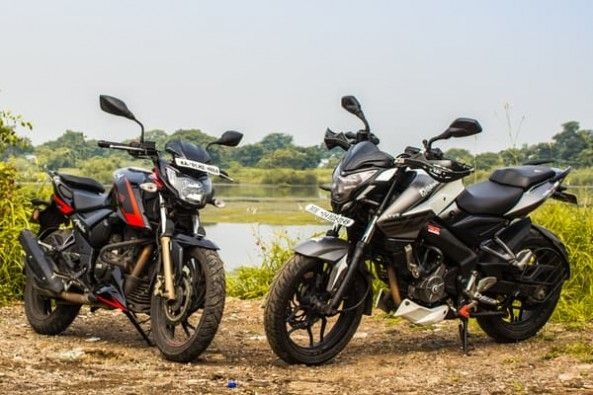
Styling – The TVS Apache 200 with the new graphics and ostentatious livery is definitely the better-looking bike of the two. Though the Pulsar NS 200 also gets a dual-tone colour scheme, it isn’t much appealing when both the bikes are kept together. There have been no major changes in the styling department. The addition of stickers and a small wind-visor on the Apache gives it an extra oomph. Whereas, the beefy muscular look of the Pulsar hasn’t been changed since the launch and has aged with time.

Instrument Cluster and Switchgear – The instrument cluster on the Apache 200 is a completely digital unit. It displays a lot of information like trip details, top-speed recorder, lap timer, 0-60 km/hr timer and a clock. The digital tachometer along with the positioning of the shift light makes the instrument cluster neat.
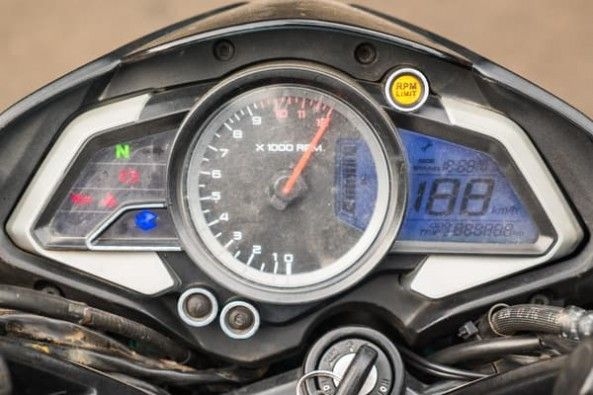
There have been no changes to the instrument cluster of the Pulsar NS 200. The analogue-digital cluster is shared by all bikes in the Bajaj Pulsar range. The only unique thing that Bajaj provides is the backlit switchgear. However, the quality of switchgear is better on the Apache.
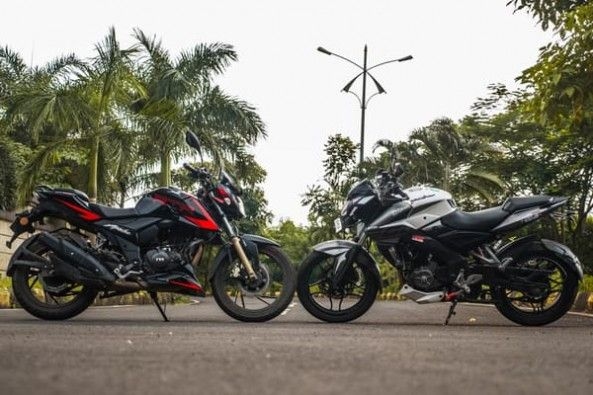
Ergonomics – The sitting posture of both the bikes is very similar to each other. Both the bikes are comfortable and have an upright seating posture. The seat height of the Pulsar NS 200 is 5 mm higher than the Apache 200. The shorter riders will have to slightly lean-in on the Apache and the foot-pegs are also higher on this bike. Taller riders due to these reasons will feel a bit cramped on the Apache and will prefer the Pulsar but the pillions will choose to sit on the Apache due to the more comfortable seat with more usable grab-rails.
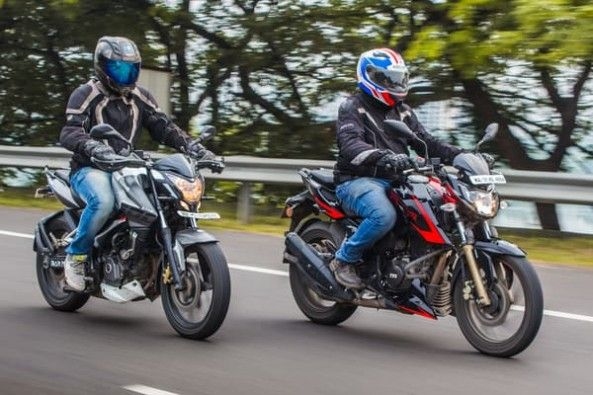
Performance – Theoretically, Bajaj Pulsar NS 200 is the winner in this segment and the result is the same in the real-world scenario. The Pulsar NS 200 is 2 seconds faster to the 100 km/hr mark and it takes 10.51 seconds to reach there. The Apache’s motor produces 2.5 BHP less than the Bajaj's mill. However, the difference is quite inevitable when both the bikes are put together in a quarter-mile drag race. The mid-range of TVS’ motor is better and it has a punchy low-end. But on the other side, Bajaj’s motor is geared on the taller side.
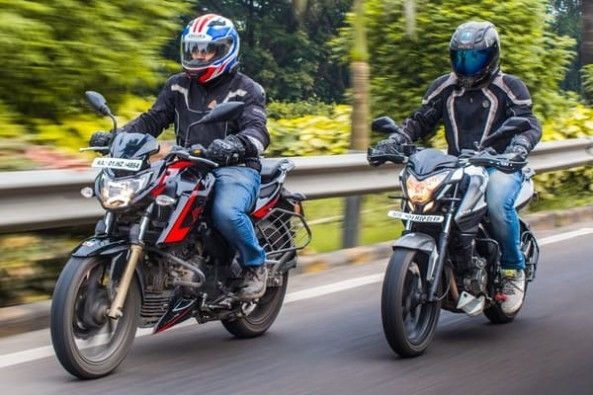
The Pulsar NS 200 is liquid-cooled and the Apache 200 is both air and oil-cooled. Both the bikes return a fuel efficiency of 35-40 km/l. Bajaj has given a 6-speed gearbox on the Pulsar NS 200 while the TVS Apache 200 gets a 5-speed gearbox but it is equipped with a slipper clutch. The NVH levels of both the bikes are very well contained. However, the Apache 200 feels much more refined than the Pulsar NS 200.
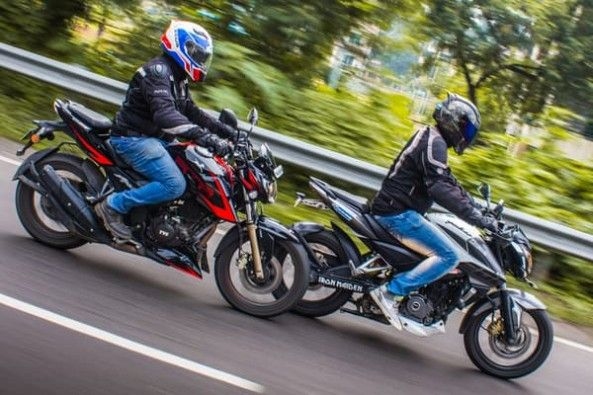
Riding Dynamics – Even with similar ergonomics, both the bikes behave very differently. The Syncro Stiff chassis of the Apache makes it very nimble around the corners while the perimeter frame of the Pulsar gives it great straight-line stability. The sculpted tank on the Apache 200 allows the rider to lock their knees nicely. But if you are taller than 6 feet then the Pulsar NS 200 will be more comfortable.

The Apache 200 comes with Remora tyres in the ABS variant while the Pulsar NS 200 gets MRFs. Both the tyres provide decent grip and enough confidence in the wet as well as dry. The brakes on the Apache 200 feel better and give proper feedback. The Apache 200 gets dual-channel ABS and the Pulsar NS 200 gets single-channel ABS. However, manoeuvring the Pulsar NS 200 is easier than the Apache 200.

Verdict – Both the Apache 200 Race Edition and the Pulsar NS 200 are priced competitively. They are very much appealing towards the youth. The Apache 200 gets a slipper clutch while the Pulsar NS 200 gets an extra gear. Picking one of the two will be solely based on rider preference but there is no denying that the Apache 200 is the better all-around bike here.